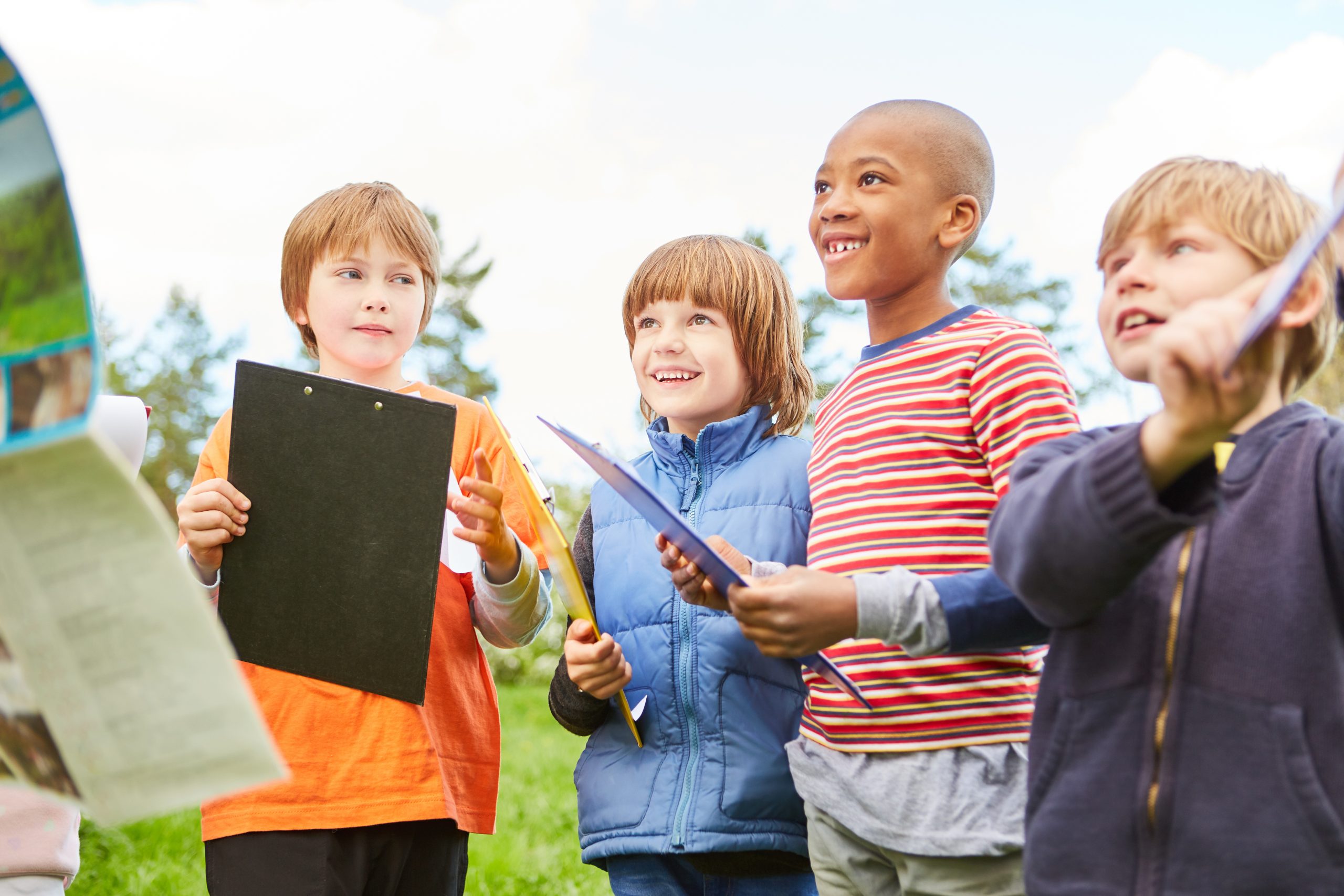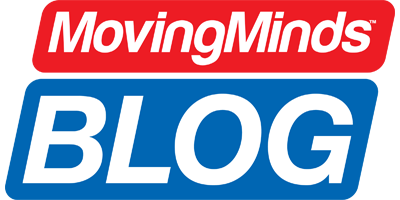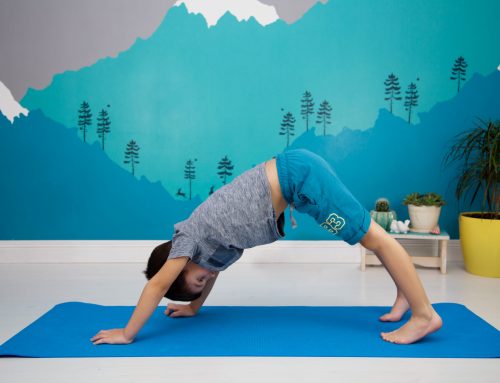As Thanksgiving approaches, gratitude and thankfulness trickle to the forefront. We know that gratitude can improve physical and mental health through better sleep, higher immunity rates, lowered depression and anxiety and reduced risk of disease (UCLA Health, 2023). Following are some ideas for how we can integrate gratitude with movement for our students:
Complimentary Post-Its
Each day, have students draw names out of a hat or assign names so that every child in class is assigned to another child in the class. All students have someone assigned to them. On their post-it note, the student should write something kind about their assigned classmate. On your signal, the students take their post-it note, walks to their recipient’s desk, and places the post-it on top. Then return to their seats.

Self-Appreciation
In the same essence as the previous complimentary activity, give students a few minutes to walk around the room alone, thinking about their own positive traits. Provide them with examples, such as, “I am patient with my friends,” “I let my friends go first on the swings or slides,” and “I help classmates when I see that they are sad or unsafe.” Play music while they do this. When the music stops, have them return to their desk and write a positive trait about themselves to demonstrate self-appreciation. This can be repeated daily.
Deep Breathing
Turn off the lights and play soft music. Ask students to sit in their chair, sit crisscross on the floor, or find a space on a seated mat or interlocked floor mats. As the music plays, have them focus on 4-7-8, meaning breath in through the nose for four counts, hold their breath for 7 counts and exhale through the mouth for 8 counts.
Gratitude Walk
Instruct the students that you are going to take a Gratitude Walk through the school. As usual, they will walk in a quiet line, but garner their focus towards the word gratitude. Encourage them to make note of the senses (sights, smells, sounds) for which they are grateful. Ask them to try to think of three things they are thankful for as they are taking the walk. When they return, engage them in conversation about the walk or have them write down the three things.
Scavenger Hunt
Create a scavenger hunt for students in which they try to locate everything on the list. Items for the list may include: (1) an item with your favorite color, (2) an item that is pretty, (3) an item that you could give to someone else to make them smile, (4) an item that is useful for you, (5) an item that makes you happy, (6) an item that could be a gift for someone else, and/or (7) an item that may help you or someone else calm down.

Stretching Activities or Yoga Poses
Have students create yoga cards in which they draw a pose that represents a happy, thankful, or grateful pose. Then take them through the yoga poses or stretches, focusing on having grateful hearts.
Adapt these activities to fit you and your classroom and your teaching style. Hopefully you’ll see the benefits for yourself as well as for your students as you implement each of these. Please share what works for you!
References
UCLA Health. (2023). Health benefits of gratitude. Retrieved August 28, 2023, from https://www.uclahealth.org/news/health-benefits-gratitude
Heather is a Professor in the Department of Kinesiology and Health Promotion at the University of Kentucky. She is a former physical education teacher, and co-author of Dynamic Physical Education for Secondary School Children, 8ed. Heather was also the recipient of the NASPE Curriculum and Instruction Young Scholar Award and a AAHPERD Research Consortium Fellow.






Leave A Comment